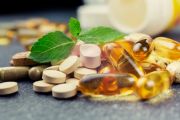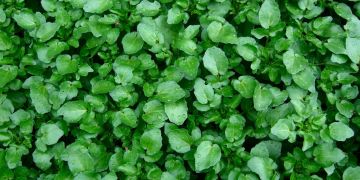Skin Health
Watercress is a good source of lutein and beta-carotene, two important components in preventing UV-damage and maintaining skin health, which is key to an anti-ageing regime. It may also help in treating eczema, acne, and generally problematic skin.
Antioxidants
Watercress is heavy in antioxidants, a key ingredient in the prevention of cancer. Antioxidants prevent damage to cells by stopping dangerous free radicals from running rampant and causing cancerous harm. These active antioxidants include vitamins C, A, E, and several B vitamins. The antioxidant properties of watercress especially help in preventing the damage to cells caused by smoking, thus potentially helping lower the cancer risk for lung and throat cancers.
Liver
Watercress is very rich in glucosinolates, which are water soluble phytochemicals that contain sulfur. The liver, the body’s filtration system, serves to clean the blood of impurities that pass through the body. It also controls synthesis, creates and breaks down proteins, and plays a key part in maintaining a healthy metabolism. It is a vital organ that affects many systems, and watercress can help keep it healthy by regulating its enzymes.
Weight Loss
Watercress is loaded with potassium, which acts as a diuretic and draws out excess water weight from the body. Watercress has a lot of fiber as well, which treats and prevents constipation and other bowel troubles. A healthy digestive system is imperative to maintaining a healthy weight. Watercress also contains iodine, which helps maintain a healthy thyroid gland, which in turn keeps the body’s metabolism healthy and active.
All round Multivitamin
There are many more health benefits to watercress than the ones listed above, and it really is something of nature’s multivitamin. It is host to a number of beneficial vitamins and minerals, including:
- Vitamin A, K, D, E and several B vitamins
- Iron
- Potassium
- Calcium
- Glycosides
- Protein
- Omega-3 Fats
- Antioxidants
- Leucine
- Iodine
- Fiber
- Sulfur
How to take
The leaves or stem of watercress are often eaten fresh rather than in capsule form to get the most benefits. It is most nutritious when freshly picked and eaten raw. Use it for a salad or a sandwich for a quick shot of nutrition. It is available all year round.





